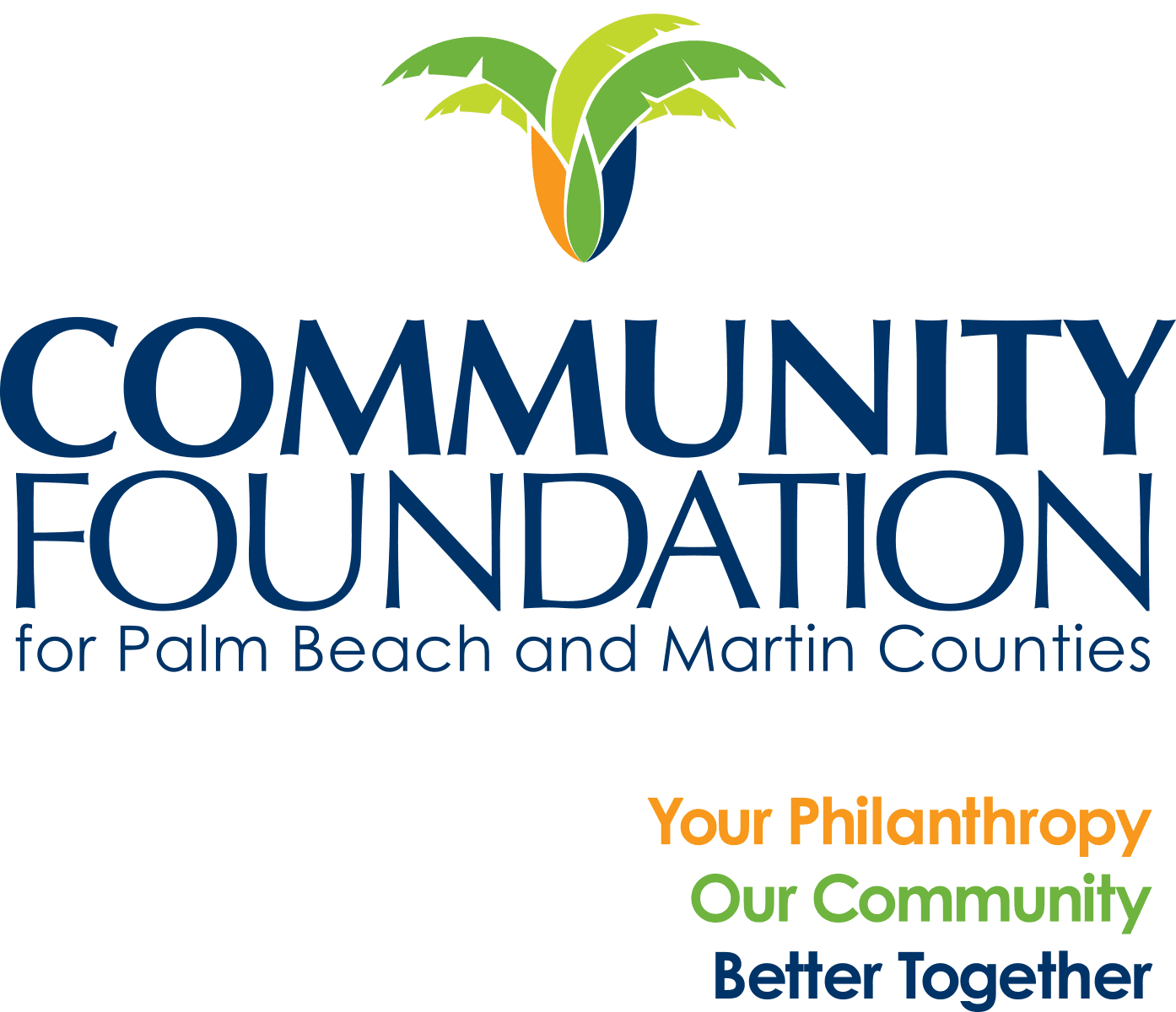Building for the future, that has to be our plan to succeed in our sustainability goals. Creating wise architecture which reduces carbon emissions & produce food will ensure better outcomes for society. There is no reason why our building can't do more than just house us. Rethinking how we build these structures that are so integral to our lives and also our environment is vital to being able to make sustainability a success.
Any building can be a green building, whether it’s a home, an office, a school, a hospital, a community center, or any other type of structure. Green building designs are a structure that, in its design, construction or operation, reduces or eliminates negative impacts, and can create positive impacts, on our climate and natural environment. Green building plans preserve precious natural resources and improve our quality of life.
3D rendering of what sustainable building can look like.
What are the other benefits deriving from green building?
Well designed green buildings will not only create healthier environments for people to live and work, but they will also save your money. First of all, as already said, using green materials will cut energy and water costs. Experts report that businesses that pay the initial 2% increase for green materials as opposed to traditional building materials (on average) will recoup this initial outlay by as much as six to seven times. Moreover, sustainable building materials save money in maintenance and reparation costs. Sustainable building materials require less energy to be used, and thus, they are low cost. Try to imagine a building which is totally enlightened or heated by using only natural daylight; that will incredibly help in reducing energy use in buildings and cut the power source costs. In addition, the federal, the state and the local governments offer rebates, tax credits and other financial incentives for building green (depending upon where you operate your business). So, even if initial construction costs may be higher, lower operating and energy costs mean that green buildings provide a long-term return on investment.
Sustainable Green Building Designs
Ideally, green building designs preserve and restores the surrounding habitat that is vital for sustaining life and then becomes a net producer and exporter of resources, materials, energy and water (rather than being a net consumer).
1 – Optimize Site Potential
Whether designing a new building or retrofitting an existing building, site design must integrate with sustainable design to achieve a successful project and begins with the proper site selection, including the existing building’s rehabilitation. The location, orientation, and landscaping of a building all affect local ecosystems, transportation methods, and energy use.
2 – Optimize Energy Use
Green building plans should improve the energy performance of existing buildings and that is important to increasing our energy independence. Operating net zero energy buildings is one way to significantly reduce our dependence on fossil fuel-derived energy.
3 – Protect and Conserve Water
A sustainable building should use water efficiently, and reuse or recycle water for on-site use, when feasible.
4 – Optimize Building Space and Material Use
As the world population continues to grow; the use of natural resources (and the demands for them) continues to increase. A sustainable building is designed and operated to use and reuse materials in the most productive and sustainable way across its entire life cycle.
5 – Enhance Indoor Environmental Quality (IEQ)
The indoor environmental quality (IEQ) of green building designs has a significant impact on occupant health, comfort, and productivity. Among other attributes, a sustainable building maximizes daylighting, has appropriate ventilation and moisture control, optimizes acoustic performance, and avoids the use of materials with high-VOC emissions.
6 – Optimize Operational and Maintenance Practices
Designers of green building plans can specify materials and systems that simplify and reduce maintenance requirements; require less water, energy, and toxic chemicals and cleaners to maintain; and are cost-effective and reduce life-cycle costs.
With all the resources available to us in the construction process our goal for green building is attainable. Rethinking how we build these structures that are so integral to our lives and also our environment is vital to being able to make sustainability a success.








